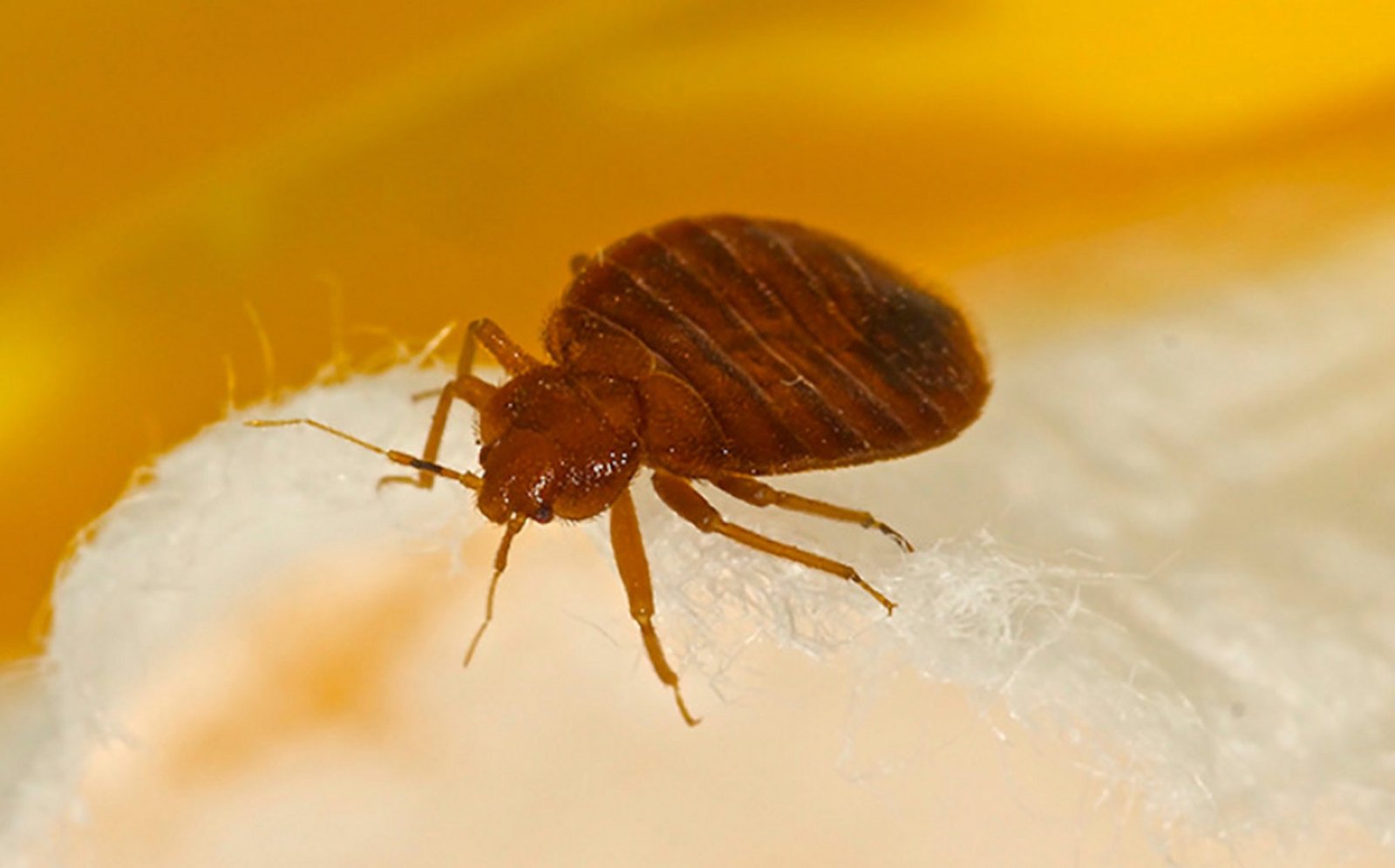Fleas are pretty nasty creatures. Adult fleas feed on the living blood of mammals and their young feed on dried blood that has been defecated by the adults. Fleas will often enter your home on the backs of pets like cats and dogs. Practically this is the worst hindrance to having pets in the house is the fact they can bring in fleas. But so can humans. Fleas can jump on you when you’re in the yard and get a free ride into your home where they multiply like crazy.

Photo by Green Flash Pest Control – More home design ideas
And, once they’re inside your house, they become much more difficult to eliminate. Fleas can also, transmit disease and cause tapeworm, so getting rid of fleas on your pet is a must for a healthy animal and a healthy home. So, follow these steps to help your pet and learn how to get rid of fleas.
1 – Check if you have fleas in the house:
The first place to look for fleas is on your pet. When you part the hair, fleas will run the other direction and hide. It might be hard to find the fleas without using a special flea comb.
Flea combs are easy to use, but you need to be prepared to dispose of any live fleas that get trapped in the teeth of the comb. Before the fleas have a chance to spring loose, immediately dip the comb into a bowl containing a solution of liquid dish soap mixed into a small amount of water. Any fleas that were trapped in the teeth will die in the soapy water.
2 – Throw all of the pet bedding in the washing machine:
Collect bedding, rugs and throws (anything that pets like to regularly lie or sleep on) and wash them in soapy water. Soapy water kills the eggs, larvae, pupae and adults. Be careful not to spill eggs or larvae when picking them up. Eggs are usually found with tiny pellets of dried blood that are defecated by the adults and used for food by the larvae – the combination looks like “salt and pepper”.
Integrated Pest Management (IPM) – Eco-Friendly Solutions (howtobuildahouseblog.com)
3 – Thoroughly wash your pets:
As much as cats and dogs may hate being bathed, this will help prevent more fleas from entering your home. Choose a good flea-removing pet shampoo in order to build up a strong defense on your pet’s body.
4 – Vacuum everything:
Fleas live on their host, but eggs can be left both on the host and in the host’s bedding. The eggs that are left on the host will fall off and accumulate in beds, clothes, carpets, cars, and anyplace that the host visits.
Vacuum everything. upholstered furniture, carpets, cracks in the floor, bare floors, and use the attachments to get in the corners, behind doors, and anywhere else that dust collects. This will pick up most of the eggs, but larvae will latch onto carpet fibers and stick around.
While vacuuming, send the pet(s) outside, or confine them to the bathroom, so that any fleas they’re carrying won’t jump onto the surface you just vacuumed. After vacuuming, immediately remove the vacuum bag and seal it in a plastic bag and throw it away.
5 – Pesticide:
After vacuuming, you may want to apply a pesticide to various problem areas of your house. However, this is necessary to kill larvae from carpet.
Warning: Spraying pesticide may be dangerous. If you do choose to spray pesticide, you will want to open all the doors and windows in your house, or turn on a fan in order to air out the area more quickly. Furthermore, don’t let any children or pets back into the home for at least several hours.
6 – Outside:
Prune foliage and keep grass trimmed short to increase sunlight, as flea larvae cannot survive in hot, dry areas. Remove any piles of yard debris close to your home.
Look into chemical flea-treatment products to apply by hand around the environment in spray or powder form. Ask your veterinarian for a recommendation on the best product and how to use it.
7 – Maintain a flea free environment:
This is the most critical step because if you skimp on it, all your efforts from your previous steps will be undone. The eggs that survived will hatch, and the entire cycle will begin again. Do the following until you find no traces of fleas on your pets or in your home:
Vacuum thoroughly every other day – since fleas can develop resistance to insecticides, vacuuming regularly is essential in order to bring them under control
– Mow the lawn regularly
– Talk to your veterinarian about various treatments for your flea-plagued pet. Consider flea collars and flea powders
– Wash pet bedding in hot, soapy water at least once a week
– Using an ultrasonic pest repellent will also protect your house from any further flea infestations.


